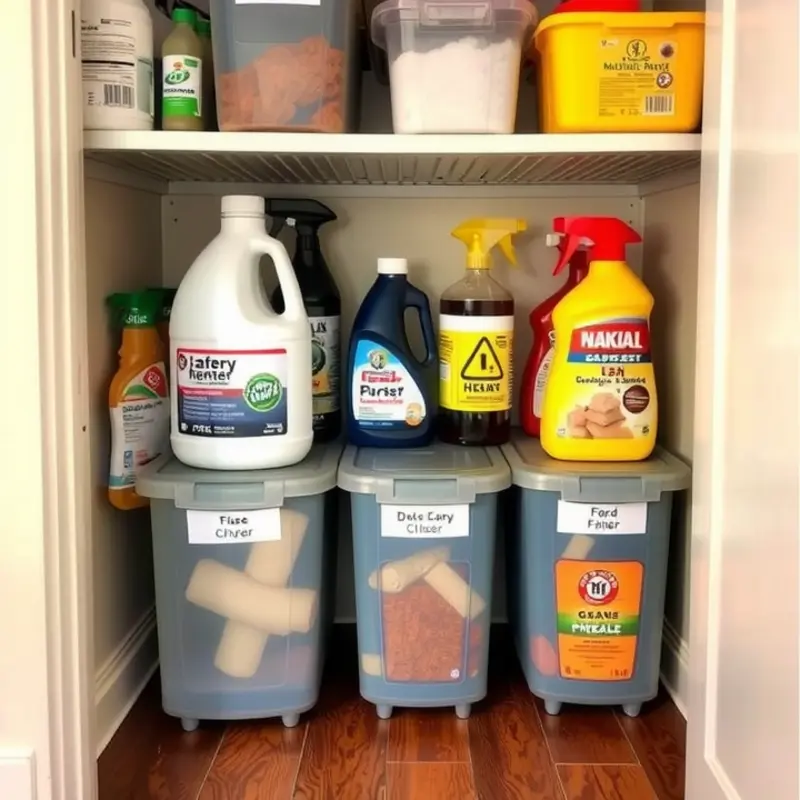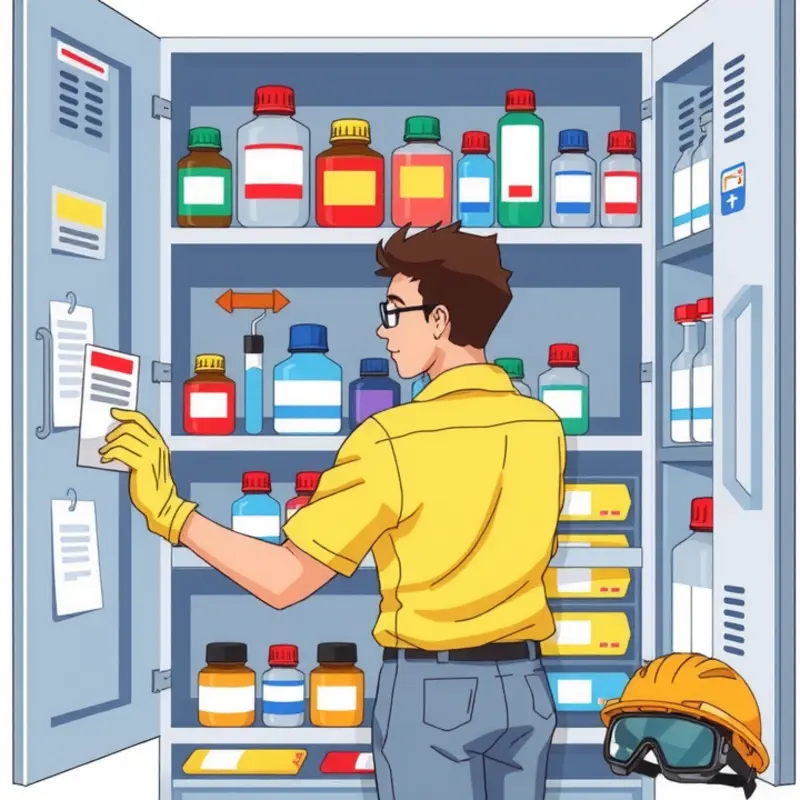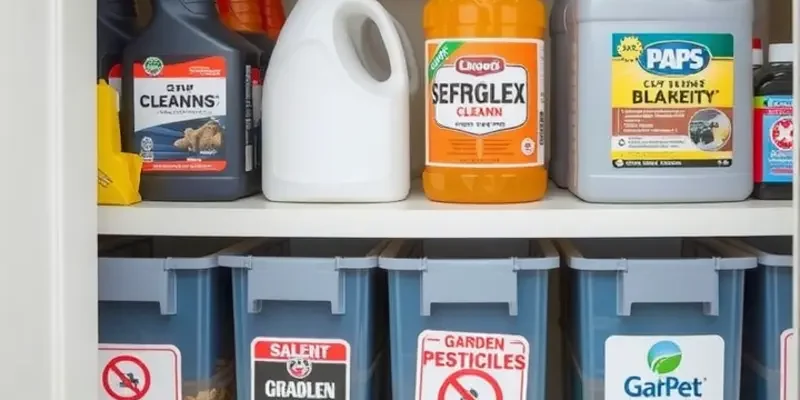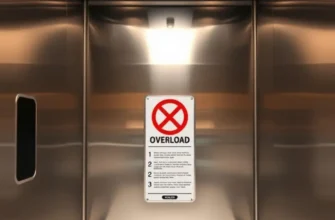Storing chemicals safely in your apartment is crucial for maintaining a safe living environment. Whether it’s cleaning supplies, gardening materials or any household chemicals, taking the right steps to ensure proper storage can significantly reduce risks like accidental spills, toxic fumes, or potential harm to pets and children. Renters across the U.S. often face unique challenges when it comes to chemical storage due to limited space and shared areas, making safety a priority. Understanding how to securely store these substances not only promotes safety but also adds to the peace of mind that comes with a well-maintained apartment. This guide will provide practical advice on effective storage techniques, security considerations, and routine maintenance solutions tailored for renters. Let’s delve into creating a safe and organized space for your chemicals, transforming them from a source of concern into components of a safe home.
Understanding the Risks: Types of Household Chemicals

Every apartment contains a wide array of household chemicals, each presenting its unique set of risks if not managed properly. Recognizing these substances and their classification is crucial for maintaining a safe living environment.
Let’s start with flammable chemicals. These are substances that can ignite easily and can include everyday items like rubbing alcohol and nail polish remover. Flammable chemicals should be stored in cool, dry places, far from heat sources or direct sunlight.
Another category to be aware of is corrosive chemicals. These substances can cause damage to living tissues and other materials upon contact. Common examples include drain cleaners and toilet bowl cleaners. Such chemicals should be kept in their original containers with labels intact. It’s always best to ensure they are securely sealed and stored away from food items.
Moving on to toxic chemicals, these are substances that can cause serious harm or even be deadly if ingested, inhaled, or absorbed. Many pesticides and antifreeze solutions fall into this category. Toxic substances should have childproof caps and be placed in locations inaccessible to children and pets.
Ammonia and bleach, which are often used in cleaning mixtures, are particularly hazardous when combined. The reaction releases toxic fumes, so it’s crucial to never mix these two chemicals. Keeping them stored separately can prevent accidental exposure.
Aerosol cans deserve special mention. While their contents vary, many contain compressed gases that are both flammable and toxic. Store them in well-ventilated areas and avoid puncturing or exposing them to heat.
Apart from these, other chemicals like paint thinners and adhesives also pose flammable risks. Similar to aerosols, they should be used in well-ventilated areas and stored away from open flames.
Understanding these risks and proper storage methods can help mitigate potential hazards. If you face particular challenges in organizing a small space, check out this guide on making small apartments feel bigger, which can offer smart storage solutions that can also enhance safety.
In subsequent chapters, we will delve into more specific safety tips and practical solutions to further ensure that your apartment remains a safe haven, both comfortable and free of chemical hazards.
Effective Strategies for Safe Chemical Storage

Storing chemicals safely in your apartment requires thoughtful planning and implementing effective strategies. The cornerstone of safe chemical storage is spatial efficiency combined with safety precautions. Let’s explore practical tips to ensure your storage method meets these criteria.
A simple yet effective strategy is using high shelves. Place chemicals out of reach, particularly if children or pets are present. High shelves should be sturdy enough to support the weight of multiple bottles, and should ideally be located in less frequently used areas to prevent accidental contact. However, ensure these shelves are easily accessible via a step stool, eliminating the temptation to climb and potentially cause an accident.
Locked cabinets are another excellent option, providing an added layer of security. Whether built-in or freestanding, lockable storage keeps dangerous chemicals out of unauthorized hands. Choose cabinets made from non-reactive materials to prevent any chemical interactions. Position these cabinets in a cool, dry area to maintain the integrity of the chemicals.
Proper labeling is an essential safety practice for chemical storage. Each container should feature a clear, durable label that includes the chemical’s name, potential hazards, and handling instructions. Using waterproof labels can prevent critical information from fading over time. Consider a color-coded system to quickly identify hazard levels or chemical types, which simplifies retrieval and promotes fast action in emergencies.
Ventilation plays a critical role in chemical storage, particularly for volatile substances. Ensure stored chemicals are in a well-ventilated area to prevent the buildup of harmful vapors. If possible, place storage solutions in rooms with windows or extraction fans. This setup facilitates regular air exchange, significantly minimizing the risk of inhaling toxic fumes.
Incorporating fire safety measures is vital to chemical storage. Flammable substances require particular attention. Keep these items away from heat sources, such as stoves or direct sunlight. Consider obtaining a fire extinguisher rated for chemical fires and place it within easy reach of your storage area. Regularly inspect your smoke alarms to ensure they function correctly, providing an additional layer of safety.
Maintaining a clean and organized storage area is equally important. Periodically review your inventory to dispose of expired or unnecessary chemicals responsibly. Check with local waste management services for guidance on disposing of hazardous materials. Maintaining an organized space reduces clutter, making it easier to identify and handle chemicals safely.
Finally, integrating these strategies effectively into small spaces requires creativity. To maximize limited storage, look into multi-tiered solutions or vertical organizers. These tools maximize space use, keeping your apartment both safe and efficient. For more tips on making the most of small living spaces, refer to Making Small Apartments Feel Bigger.
By adopting these strategies, you create a secure environment for storing chemicals in your apartment. Remember, safety comes first, and careful planning can significantly reduce potential risks associated with chemical storage.
Final words
Ensuring safe chemical storage in your apartment is not just about compliance, but also about creating a secure environment for you and your loved ones. By understanding the risks associated with household chemicals and implementing effective storage strategies, you can enjoy a hassle-free and safe living space. Regular checks, proper labeling, and the use of safe storage solutions will help maintain order and safety. As a renter, taking these steps means you can live confidently, knowing your environment is both secure and well-organized. Remember, safety comes first, and it’s never too late to start prioritizing it in your apartment.









